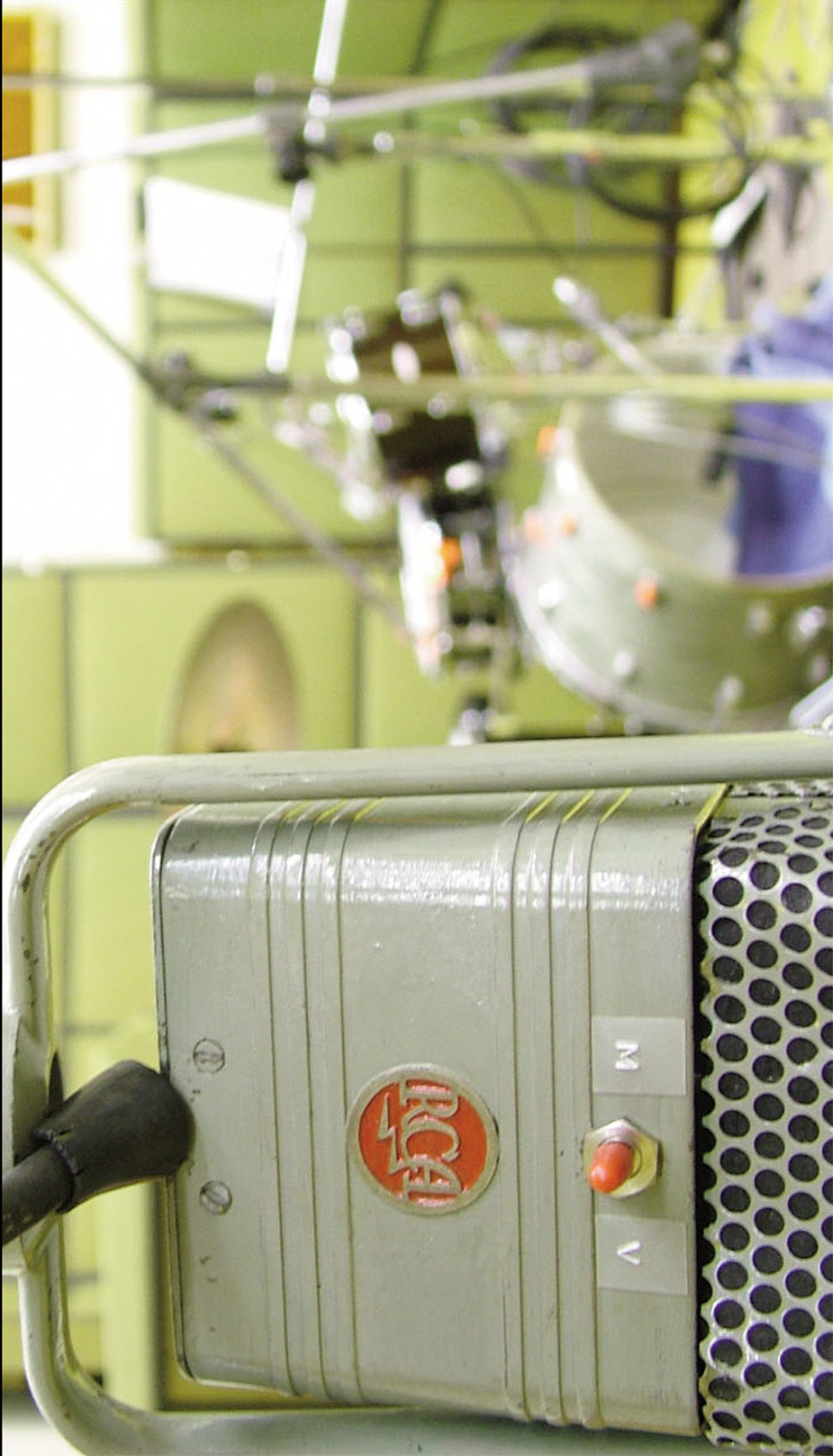I've always approached amp models with far more skepticism than any other type of plug-in. Although Universal Audio makes some of my favorite — and to my ears, most authentic — plug-in emulations, I still took to their new UAD Fender ‘55 Tweed Deluxe plug-in with the suspicion that, at best, it could only be marginally more accurate than the other virtual amps I've owned or used. Now I obviously haven't tried them all, but here's what I found with the UAD Tweed Deluxe.
Like the original, the plug-in's amplification section is simple, despite its versatility. There are three main controls — Tone, Instrument Volume, and Mic Volume — and four inputs — two instrument and two mic–level. UAD found a couple of "golden examples" of the stock 5E3-circuit amp and spent two years analyzing and modeling all of these amps' nuances — everything from speaker paper, to filter caps, tubes, and transformers. That attention to detail shows in the final product.
All four discrete inputs offer something very different tonally. The instrument inputs are far brighter and more aggressive, while the mic inputs have comparatively more lower-midrange character and less top-end. Both of the secondary inputs (Inst 2 and Mic 2) are approximately 6 dB quieter (just like the original Leo Fender design), so it's worth starting there for cleaner sounds or when using hotter pickups. Double-clicking the inputs simultaneously patches across two inputs — either Inst 1 + Mic 1, or Inst 2 + Mic 2 — using a virtual Y-cable. This adds a little more oomph and thickness than one channel can provide.
For Apollo users, I recommend running Tweed Deluxe as a Unison insert on a Hi-Z channel within the Console application if you're tracking through the plug-in. Doing so adjusts the physical impedance of the Apollo's instrument input to emulate the original Tweed's impedance characteristics, resulting in a responsiveness I wouldn't typically associate with virtual amplifiers. Tweed Deluxe also took pedals exceedingly well and reacted to gain boosts with a very realistic breakup, which I assume is at least a partial result of this impedance matching.
In addition to padding the input for prerecorded or line-level signals, a Normal/Line switch also helps with gain-staging. Using Tweed Deluxe on a DI'd performance, with the input set on Normal, drives the amp into heavier distortion, while tracking through the plug-in on Line mode increases the amount of clean headroom. You can easily dial in anything from super clean to thick fuzz, using nothing more than the different inputs, three amp controls, and Normal/Line switch. What impresses me most here is the interplay between the inputs and the controls. The Tone knob, for instance, does more than just control bass and treble; it changes how and when the amp enters different stages of overdrive, which again varies input to input. There's a very unique balance at play amongst this simple set of parameters that I think testifies to Universal Audio's end-to-end modeling technique.
Additionally, a speaker selector chooses between three common speaker variants. Based on the factory-installed Jensen 25 watt, JP12 is the thinnest and brightest of the three, which worked best for jangly overdrive and arpeggiated cleans, but turned a little fizzy and harsh in the top end when overdriven too hard. On the other hand, the 120 watt JBL–inspired JB120 offered a ton of low end, and a darker, smoother midrange. Its additional headroom made it an obvious choice for clean sounds, but it was also my favorite for distorting vocals or adding color to direct bass. My favorite of the three for guitar was GB25 (you can guess its inspiration). It had the best midrange bite and fullest body, without the unflattering top-end sizzle. I found it the most versatile of the bunch and made it my default almost immediately.
Lastly, a microphone panel lets you blend two different mics for further adjusting. There are five to choose from, all based on popular studio classics, though I mostly stuck with the combination of Con-67 (Neumann U 67) and Rib-160 (Beyerdynamic M 160) for almost everything — it just worked. Each mic includes a high-pass filter, as well as an off-axis switch — both very welcome inclusions for controlling the bass/treble balance. In fact, there's enough tonal flexibility just between the speakers and mics alone that you should never really need an EQ after Tweed Deluxe.
The UAD Fender ‘55 Tweed Deluxe plug-in is the best amp emulation that I've used, not only because of its wide range of sounds, but also in how it responds to the player. The amplification section offers more than enough tweak-ability, without overwhelming the user or cluttering the interface, while the speakers and mics add the depth and dimensionality I've always found lacking in other amp plug-ins. Tweed Deluxe does take up a lot of DSP allocation, but that's hardly a complaint, given how powerful a tool we're talking about. I think the bar for virtual amplifiers just got a pretty hefty raise.




_disp_horizontal_bw.jpg)